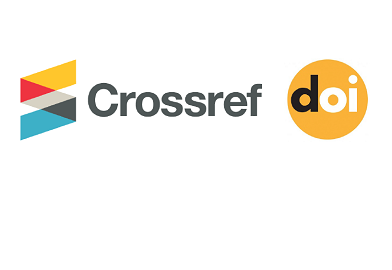PLANT BIOACTIVE ; CAROTENOIDS, POLYPHENOLS AND FLAVONOIDS IN IMPROVING THE IMMUNE SYSTEM AGAINST COVID-19 INFECTION
Abstract
COVID-19 (coronavirus) is a new type of virus that can cause disease in animals and humans. This type of virus causes a crisis or threat to human life in 2020. Before an ideal vaccine or drug is found to prevent COVID-19 infection, steps or approaches are needed that can break the chain of infection. Several things that can be done to prevent COVID-19 infection are to take advantage of the chemical content of natural ingredients, maintain nutritional intake, maintain the resilience of the body's immune system and adhere to health protocols. The public needs to be made aware of the use of natural metabolites in order to maintain the body's defense system. Carotenoids, polyphenols and flavonoids are a group of secondary metabolites in plants that can physiologically increase the body's immune system against bacterial and viral infections. Red, yellow pigments in plants and some organisms known as coarotenoids have the ability to enhance the body's immune response or cellular immune system. While polyphenols and flavonoids are a unique group of phytochemicals in fruits, vegetables and herbs. This component has the potential to inhibit viral replication. People are expected to use plant chemical compounds to improve the body's immune system.
Downloads
- Authors retain copyright and grant the journal right of first publication with the work simultaneously licensed under a Creative Commons Attribution License that allows others to share the work with an acknowledgement of the work's authorship and initial publication in this journal.
- Authors are able to enter into separate, additional contractual arrangements for the non-exclusive distribution of the journal's published version of the work (e.g., post it to an institutional repository or publish it in a book), with an acknowledgement of its initial publication in this journal.
- Authors are permitted and encouraged to post their work online (e.g., in institutional repositories or on their website) prior to and during the submission process, as it can lead to productive exchanges, as well as earlier and greater citation of published work (See The Effect of Open Access).











.png)






